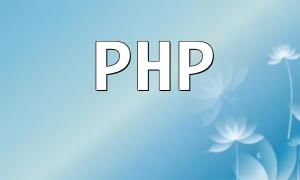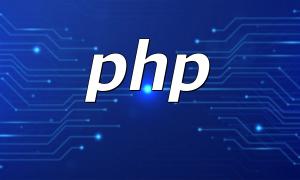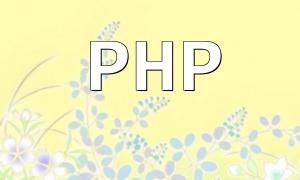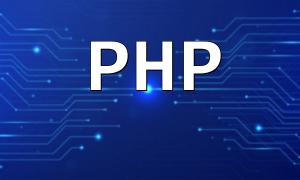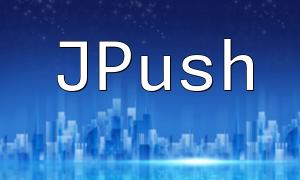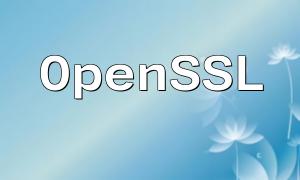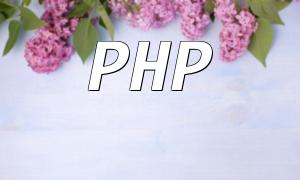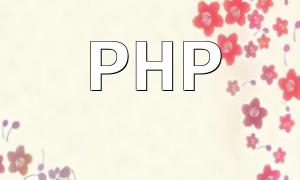In modern software development, event-driven architecture (EDA) has become a mainstream design pattern due to its loose coupling, scalability, and flexibility. PHP, as a widely used server-side language, has seen its frameworks increasingly support the event-driven concept. This article explores how event-driven architecture integrates with PHP frameworks and the advantages it offers.
Event-driven architecture is a software design pattern based on the generation, detection, and response to events. Simply put, an event represents a change in system state, and EDA focuses on how to respond promptly to these changes and handle corresponding business logic.
Events typically include:
System events, such as user login and data updates;
External events, from third-party API calls;
Scheduled events, tasks or operations executed periodically.
PHP has many popular frameworks such as Laravel, Symfony, and CodeIgniter, which provide developers with comprehensive components to simplify development and improve efficiency.
The benefits of frameworks include standardized project structure facilitating team collaboration; strong code reusability reducing repetitive work; and built-in security features ensuring application safety.
In PHP, events are usually defined by event classes, while listeners respond to these events. Here is a sample code:
// Define event class
class UserRegisteredEvent {
public $user;
public function __construct($user) {
$this->user = $user;
}
}
// Define listener
class SendWelcomeEmail {
public function handle(UserRegisteredEvent $event) {
// Send welcome email
mail($event->user->email, "Welcome!", "Thank you for registering.");
}
}
After user registration, the system can trigger events to notify all listeners. Example code:
// Trigger event
function registerUser($user) {
// User registration logic...
// Trigger event
$event = new UserRegisteredEvent($user);
EventDispatcher::dispatch($event);
}
The event dispatcher manages registration and invocation of events and listeners. PHP frameworks like Laravel offer elegant event dispatch features, making event registration and dispatching very convenient:
use Illuminate\Support\Facades\Event;
Event::listen(UserRegisteredEvent::class, SendWelcomeEmail::class);
Combining event-driven architecture with PHP frameworks brings multiple benefits:
The event-driven model enables loosely coupled modules to communicate via events without direct dependencies, greatly improving system extensibility.
By utilizing asynchronous event processing, server load is reduced and response speed is increased, enhancing user experience.
Business logic is divided into independent events and handlers, clarifying module responsibilities, reducing coupling, and facilitating maintenance and iteration.
Event-driven architecture provides a flexible and efficient design approach for PHP application development. Deep integration with PHP frameworks allows developers not only to leverage PHP's powerful capabilities but also to ensure systems possess excellent scalability and maintainability. In the future, event-driven architecture will play an increasingly important role in the PHP development ecosystem.
